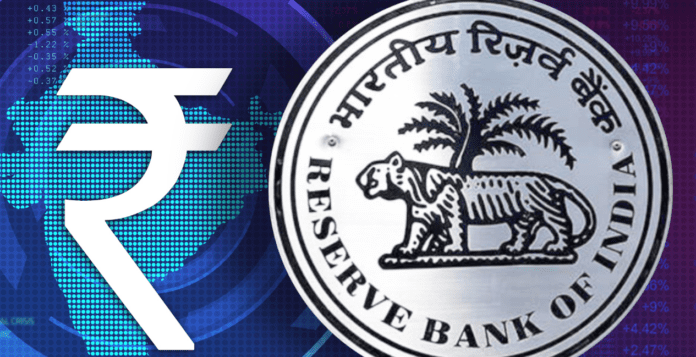RBI has issued a booklet to inform people about fraud. It is divided into three parts. Part A and B deals with frauds involving banks and non-banking companies.
New ways of fraud are coming out every day. The special thing is that even more educated people and bank employees are becoming victims of fraud. RBI has issued a booklet to inform people about fraud. It is divided into three parts. Part A and B deals with frauds involving banks and non-banking companies. Part C describes the precautions to be taken to prevent you from being a victim of fraud.
Use of online sales platform
Fraudsters try to masquerade as buyers on online sales platforms. They show interest in sellers’ products. To gain the trust of the people, they present themselves as defense employees, whose postings are in remote areas. Instead of paying money to the seller, they use the ‘Request Money’ option through the Unified Payments Interface (UPI) app. They force the seller to approve the request by entering the UPI PIN. As soon as the seller enters the PIN, the money is transferred to the fraudster’s account.
Using screen sharing app/remote access
Fraudsters defraud customers by downloading screen-sharing apps. Using this app, fraudsters can see and control the person’s mobile/laptop. They can access the financial information of the individual. They use this method for unauthorized transfer of funds. They also use the person’s internet banking/payment app for payment.
Fraud through search engines
People use search engines to find out about the customer care numbers of banks, insurance companies, Aadhaar updation centres. Sometimes the contact details shown on search engines are not of banks or insurance companies. But, they look like this. Then, people mistaking such numbers as the number of the bank or insurance company and call them. Then, the fraudsters ask them to provide their credit card or debit card details. People tell their information assuming them to be the representative of the bank. Then they become victims of fraud.
Fraud through QR code scan
Many times the fraudster asks the person to scan the QR Response (QR) code using the app present in the phone. Scanning the QR code authorizes the person to withdraw money from their accounts. So you need to be careful in scanning the QR code.
Use mobile charging port
The charging port of the mobile can also be used for file/data transfer. Fraudsters use public charging points for this. When a person uses this charging point, his phone gets access to the foodster. They then capture sensitive information like email, SMS, saved password. This is called juice jacking.


